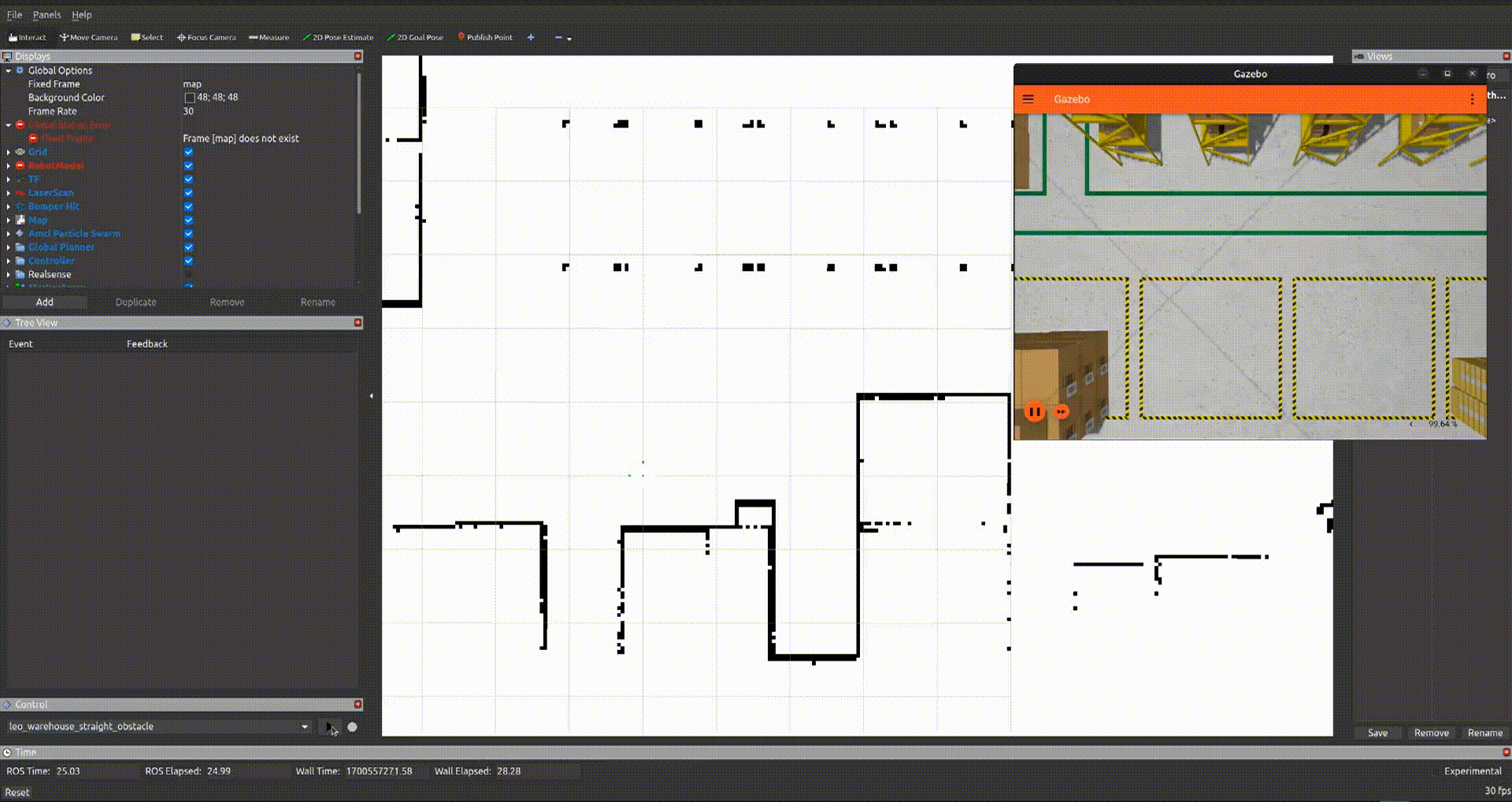Scenario Execution
Scenario Execution for Robotics is a backend- and middleware-agnostic library, that enables the robotics community to perform reproducible experiments at scale and allows a seamless transition from simulation to real-world experiments. Scenario Execution is written in Python and builds upon the generic scenario description language OpenSCENARIO DSL and pytrees.
Scenario Execution reads a scenario definition from a file, translates it to a py-trees behavior tree and then executes it. This separation of the scenario definition from the implementation massively reduces the manual efforts of (robotics) scenario creation. Although Scenario Execution can be used as a pure Python library, it is mainly targeted to be used with the Robot Operating System (ROS2). The backend-agnostic implementation allows Scenario Execution to be used with both, robotics simulators such as Gazebo and physical robots, with minimal adaptations necessary in the scenario description file.
To give an impression of the functionality of scenario execution, the following animation shows an example scenario with a turtlebot-like robot in simulation using Nav2 to navigate towards a specified navigation goal in a simulated warehouse environment. Once the robot reaches a reference position a box is spawned in front of the robot as an unmapped static obstacle that needs to be avoided. Upon arrival of the goal position, the scenario ends and the simulation gets cleaned up.

scenario execution in action
How to cite
If you use Scenario Execution for Robotics in your scientific work, please cite our paper Scenario Execution for Robotics: A generic, backend-agnostic library for running reproducible robotics experiments and tests. See How to cite for the full BibTeX reference.